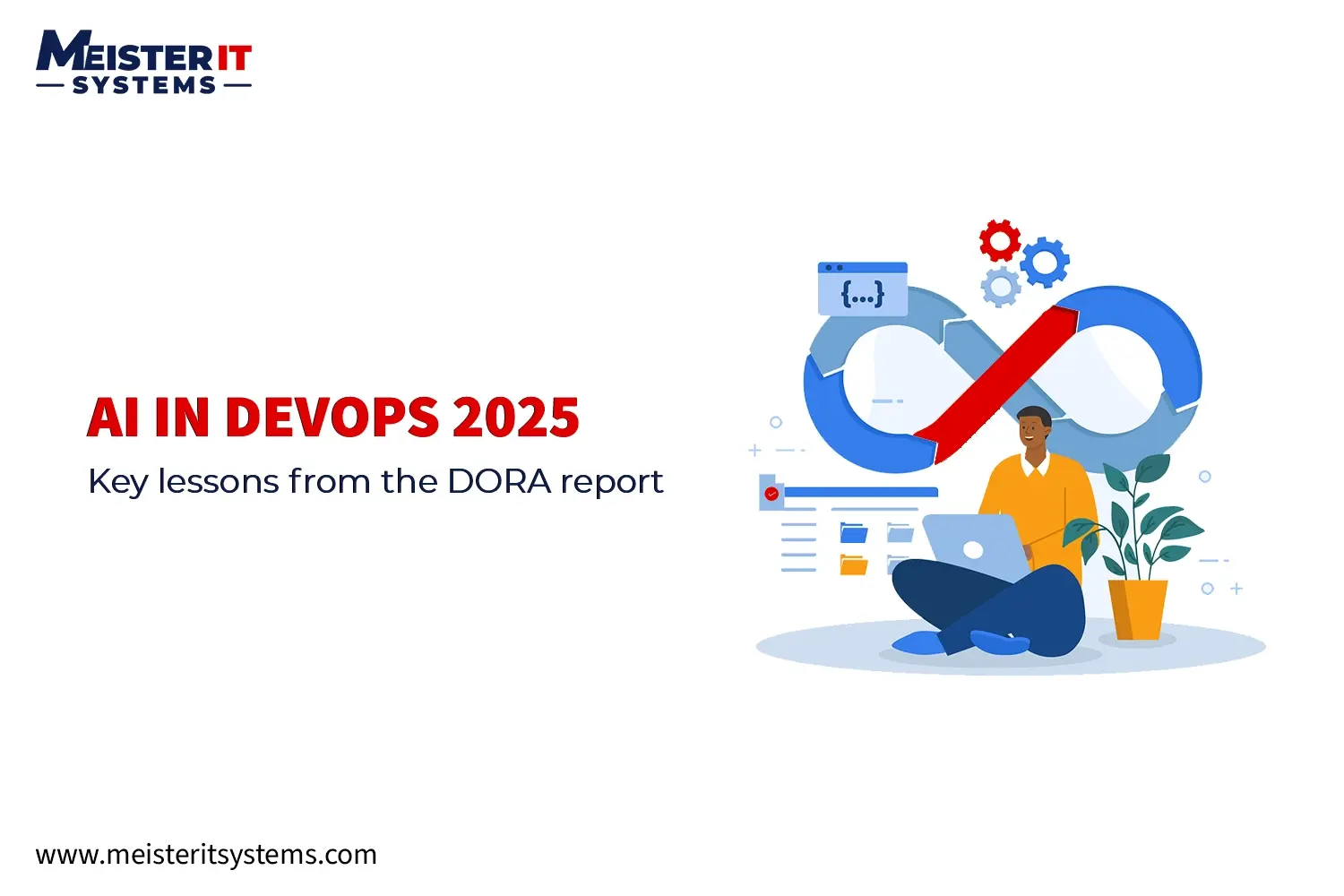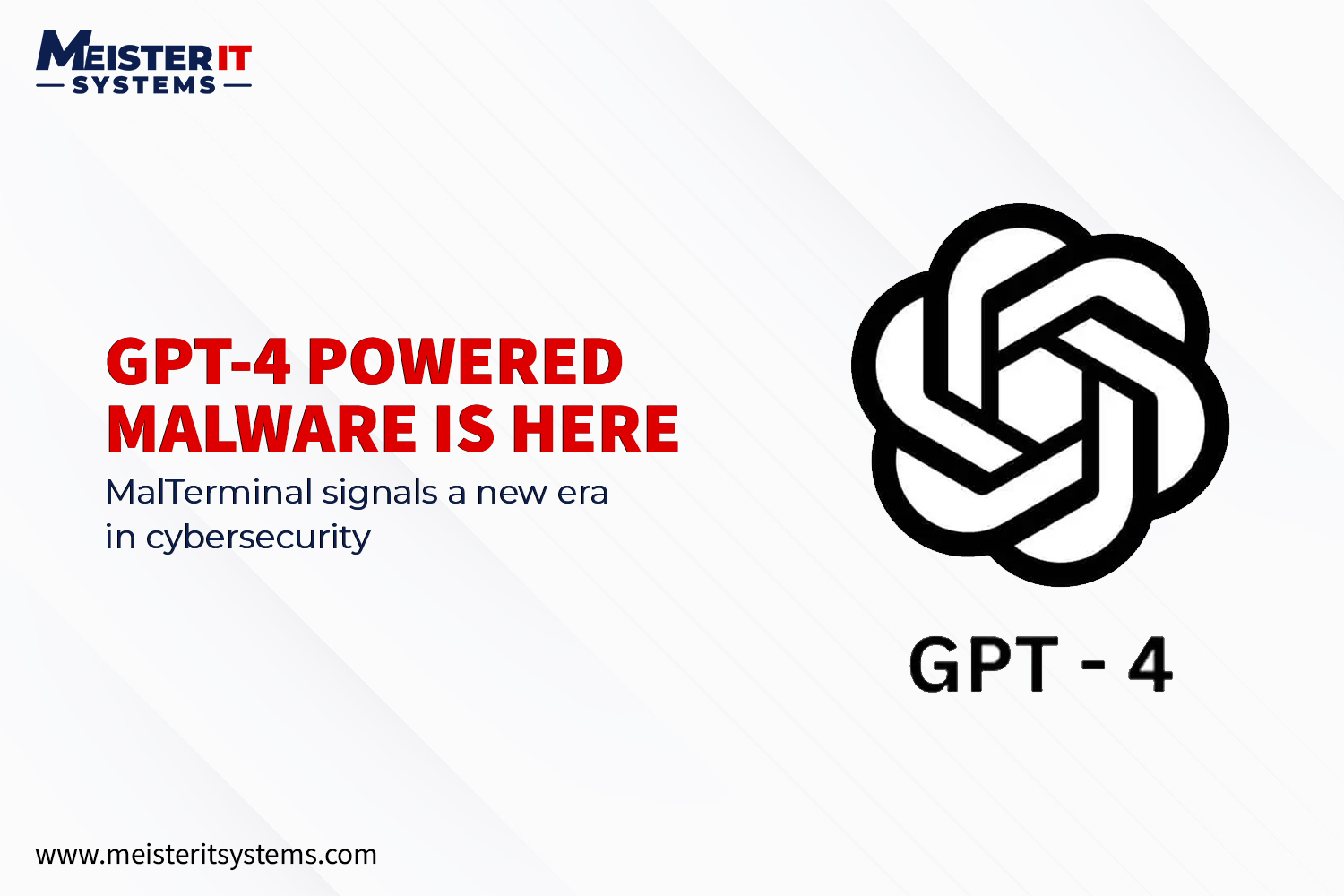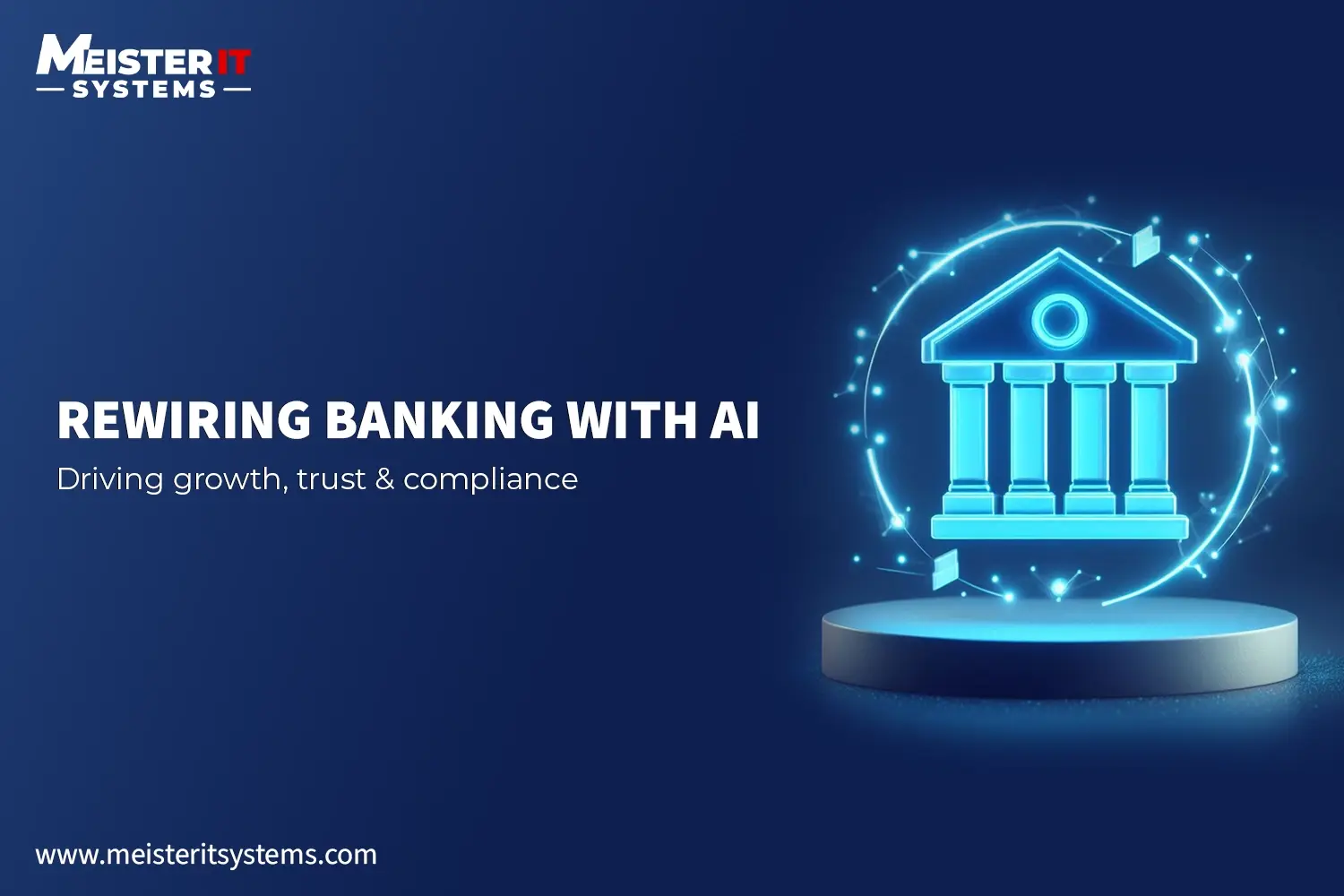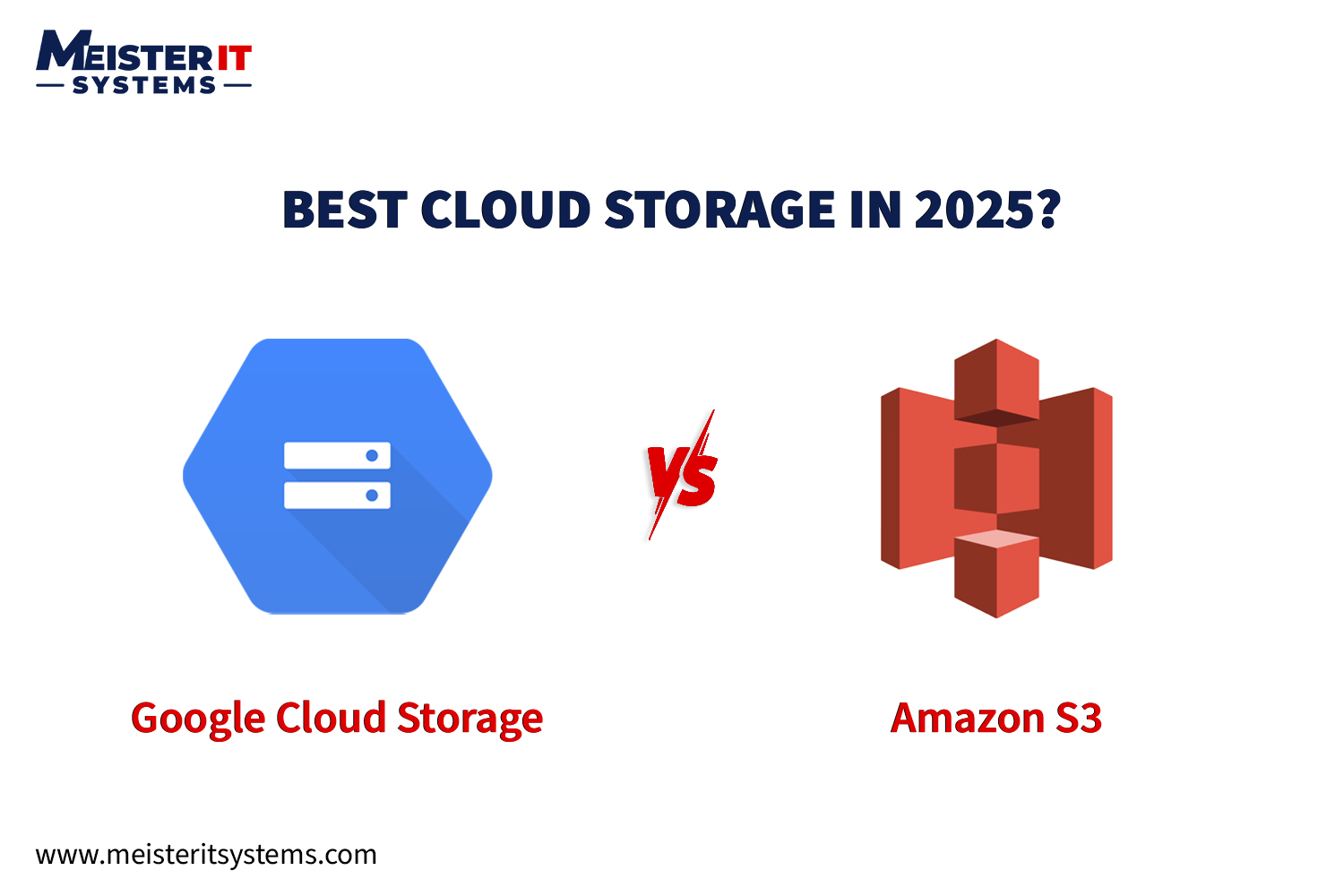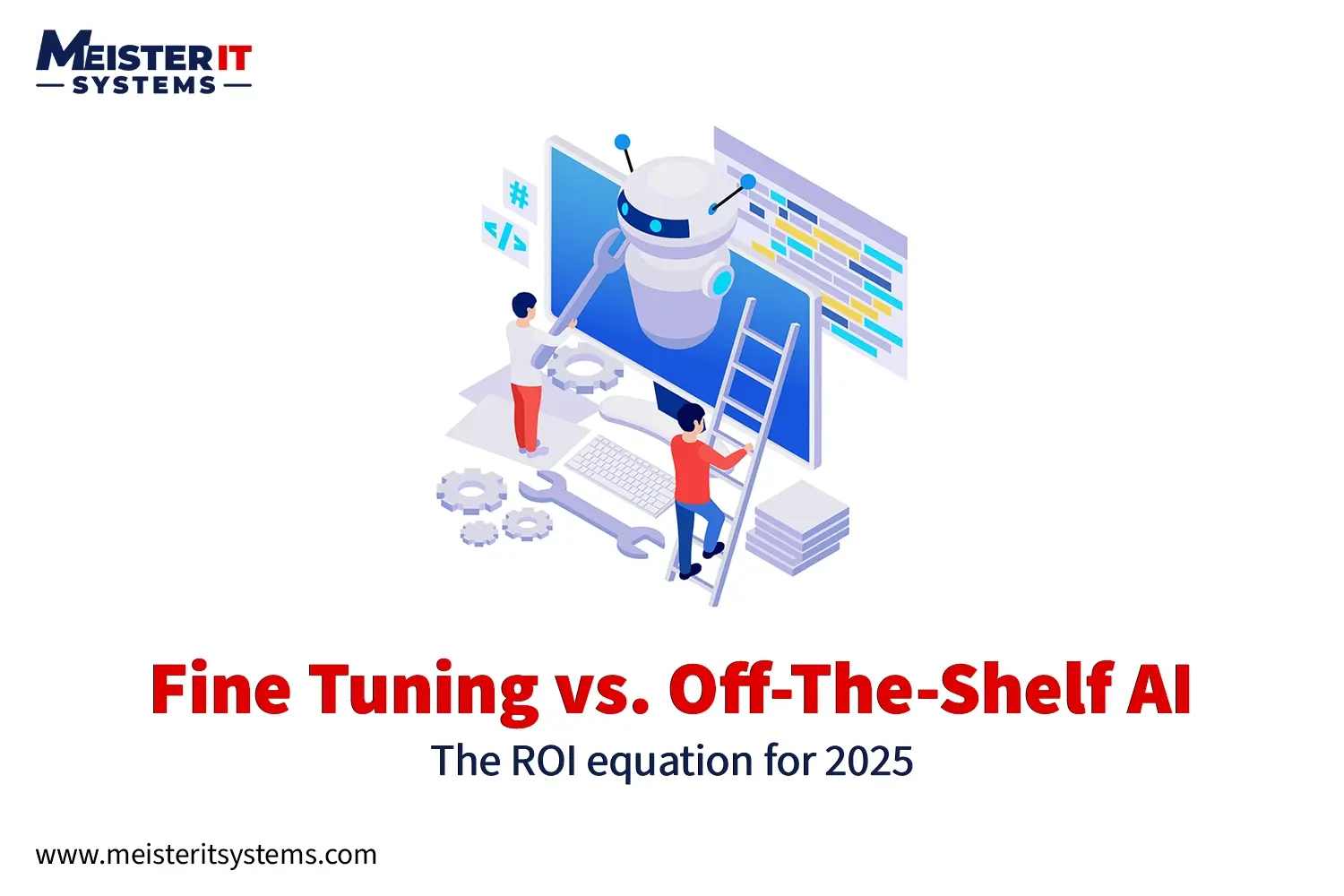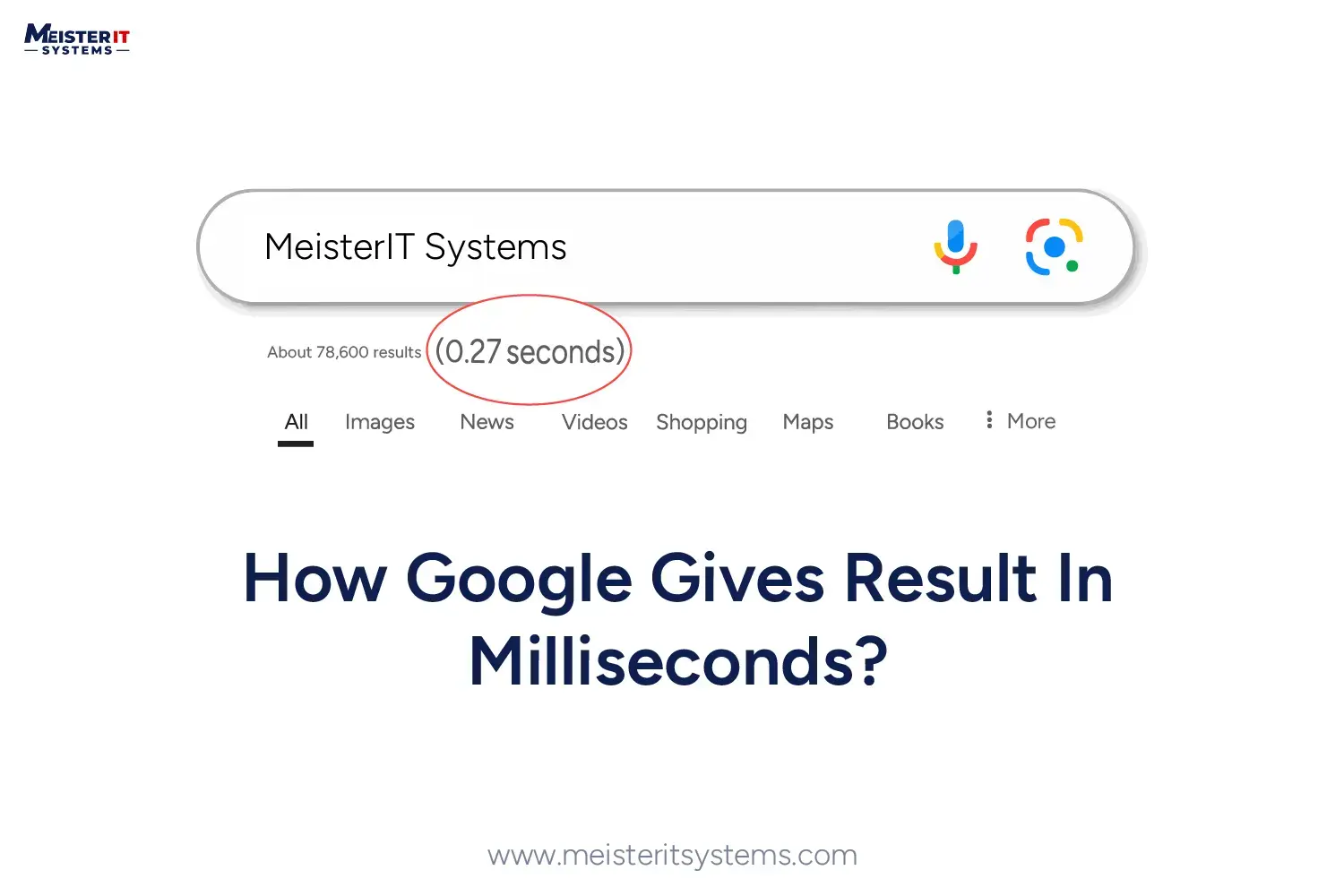
Did you know?
Google responds to around 99,000 search queries every second.
In today’s fast-paced world, users expect Google Search results to return in the blink. Though it takes seconds to answer our queries. Inevitably, it has become well-experienced in the ability to deliver a result lightning quick, usually within milliseconds.
Unsurprisingly, it takes 36 seconds to process and answer a query.
Now, you must be wondering how Google is doing this seemingly impossible thing. Google has a lot of complex technologies and algorithms under the hood, powering its search engine that offers results in milliseconds.
in this article, we will cover the secret of how Google returns data to search queries in milliseconds. So, let’s begin with it!
How does Google answer queries in milliseconds?
Google ranks among the top three most trusted platforms, with 66% of users who search for local businesses. It consistently offers the most precise, consistent, and up-to-date outcomes. This reliability has made Google the go-to search engine for consumers looking for information on businesses, products, and services. Its user-friendly interface and broad reach have solidified its reputation as a reliable source of information. So, what has made Google the most reliable and fastest search engine? Your answer is Google’s technologies and algorithms!
1. The Web-Crawling Process
Long before you enter anything into the search bar, Google starts the process of delivering search results. Google’s automated programs, such as Googlebot (also known as spiders or crawlers), are constantly scanning the web. Let us see how Google crawls from one page to another.
Crawler
Google bots move from one page to the next, downloading content and analysing the underlying code, which includes HTML. It prioritises quality pages and updated content for accurate results.
Depth and Breadth
Google’s crawlers do not only look for new pages; they also frequently revisit older content to see if there have been any updates. This constant re-crawling ensures that even old pages are appropriately represented in Google’s search results, giving users access to the most reliable and trustworthy results.
2. Indexing the Internet
Following a page’s crawl, Google keeps the data in its index.
Did you know? Google has the internet’s largest collection of indexed web pages, with nearly 65 billion pages by December 2023. It maintains a massive internet index that gets updated constantly to include web pages worldwide. This index, estimated to be over 100 million gigabytes, functions as a meticulously organised library, allowing Google to locate relevant information quickly.
Let’s understand how actually indexing works!
Keyword Analysis
While indexing pages, Google categorises the content into keywords, themes, and topics. To determine page topic, Google examines the text, headings, metadata, and related content.
Structured Data
Google can also identify organised data and categorise content efficiently. It can identify whether a page includes an article, blog post, recipe, or product information, for instance.
Organising Content
Google understands the relevant content as well as related content. This accelerates future searches because the system already “knows” what is on each page.
3. Google Search Algorithms
84% of search engine users use Google three or more times per day. You may wonder how Google can answer millions of queries with lightning speed. It is because of its global network that distributes the workload of processing search queries. In the background, Google uses several algorithms to determine which page best matches your search query. So, let us first understand Google’s key algorithms.
- RankBrain is a machine learning-based system that assists Google in understanding complex and ambiguous search queries. It focuses on the intent of a search rather than the keywords. For example, if you type “How to Make a Paper Boat?” into the search bar, RankBrain will understand that you are looking for a tutorial.
- PageRank is one of Google’s original algorithms that assesses the quantity and quality of links pointing to a particular page. Google claims that websites with high page ranks mean they’re trustworthy, and page rank depends on the number of high-quality pages linked to that particular website.
- Hummingbird is also an algorithm used by Google to understand the context and meaning behind search queries. Even if the search does not contain exact keyword matches, it still helps to provide more relevant results.
- Bidirectional Encoder Representation from Transformer, or BERT, enhances Google’s natural language processing, especially for conversational search queries.
4. Instant Answers and Rich Snippets
Custom-built software developed by Google is important for making searches faster. These specialised programs are designed to work as efficiently as possible and reduce the time it takes to find and show search results. Surprisingly, 54% of the top 100 Google searches in 2023 were navigational, with people looking for a specific website (such as Amazon) or directions to a location. Apart from that, Google answers queries with clear and conscious results at the top of the page or gives answers in panels like Frequently Asked Questions.
5. The Role of Google’s Global Infrastructure
With around 65 billion pages indexed as of December 2023, Google has by far the largest collection of web pages on the internet. It supports millions of servers that store and process stored data through several data centres located worldwide. Further, it distributes the queries equally to provide quick results.
6. Parallel Processing and Distributed Computing
When we enter a query, it doesn’t have a single server frantically combing through the entire index. Instead, it employs a master server that acts like a conductor in an orchestra. The master server breaks down the query and assigns specific tasks to a multitude of worker servers. These servers, acting like individual musicians, efficiently scan their designated portions of the index to identify the most relevant web pages.
7. Data Centers and Caching
When we enter a query, it doesn’t have a single server frantically combing through the entire index. Instead, it employs a master server that acts like a conductor in an orchestra. The master server breaks down the query and assigns specific tasks to a multitude of worker servers. These servers, acting like individual musicians, efficiently scan their designated portions of the index to identify the most relevant web pages.
- Global Data Centers: Google has data centres in various regions around the world to provide faster query responses based on the user’s location. As of 2021, Google owns and operates more than 135 data centres worldwide. These data centres are located in different countries, including the United States, Canada, Europe, Asia, and South America.
- Caching: For popular queries, Google cleverly caches the results. This means that instead of performing a fresh search every single time, Google can instantly deliver the pre-cached response, significantly reducing response time. In 2023, “Where is my refund?” was the most frequently asked query on Google. This question resulted in an average of 15.5 million web searches every month.
8. Load Balancing
Google also manages the search query load during traffic hours. It uses DNS-based load balancing to direct users’ traffic to the nearest or appropriate data centre. Also, it has Layer 4 and 7 software load balancing, which makes it more efficient and effective. Moreover, these techniques prevent any single server from becoming overloaded and slowing down the process. It implements a variety of techniques to handle the load balancing.
9. Optimisation Techniques for Speed
Under the hood, Google’s speed is the result of numerous techniques that optimise each step of the search process rather than relying solely on one feature. So, let us understand the optimisation techniques behind Google’s quick results.
Efficient Query Parsing
When you type a query in the search bar, Google’s system automatically breaks it down into keywords, understands the intent behind the search, and gives the results within milliseconds after indexing numerous web pages.
Predictive Search (Google Instant)
Google employs a sophisticated technique called pre-fetching. It helps with user queries based on trends and search patterns. By pre-fetching results for popular searches, Google has them readily available the moment a user enters a query, eliminating any lag time. For example, when we type “web development company in the UK” into a Google search bar, it returns popular results based on what we typed. It will help the user look into the first five, ten, or dozens of pre-fetched search engines.
RAM-Speeding Up the Search Process
In today’s digital world, computer systems have evolved, allowing Google to return faster results. Unlike traditional computer systems that use hard drives to store data, Google’s worker servers keep the index in RAM (Random Access Memory). It operates at lightning speed compared to hard drives, allowing for much faster information retrieval.
Continuous Algorithm Updates
Google constantly updates its algorithms to improve efficiency, relevance, and accuracy. These updates can have an impact on website rankings and SEO strategies, so businesses must stay informed and adapt accordingly. Keeping up with the most recent algorithm updates can help websites maintain or improve their search engine visibility.
10. Other Factors Behind Quick Results in Google
You’ll see the results of your search on your screen in a matter of milliseconds after Google processes it. Aside from this, the actual time of your query results depends on the following factors:
The complexity of your query
The complexity of the query determines the real time it takes to execute. For example, if you search for something easy, you will receive faster results because they are frequently cached or pre-processed. However, if you have more complex questions, it may take some time because of the need for more analysis.
Type of Results
If the question requires direct replies, rich snippets, or multimedia (e.g., videos, images, infographics), Google will place these results at the top.
Pre-Processing
Google’s pre-processing feature predicts customer needs, allowing it to give rapid results for regularly searched searches. This saves time and allows for faster access to information, particularly for commonly asked questions.
Conclusion
Google’s exceptional performance is evident in its ability to generate search results in just milliseconds. In this article, we have discussed processes and algorithms behind the Google search engine’s lightning-fast speed. By understanding these, you can make your website appear in the Google search engine by making your website mobile-friendly, loading quickly, and offering high-quality content. Adhering to these best practices can enhance websites’ user experience and visibility on search engines.
If you want to know more about it, stay tuned to the MeisterIT Systems blog!












